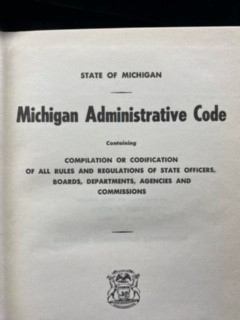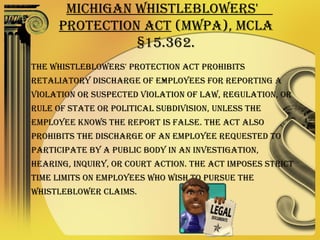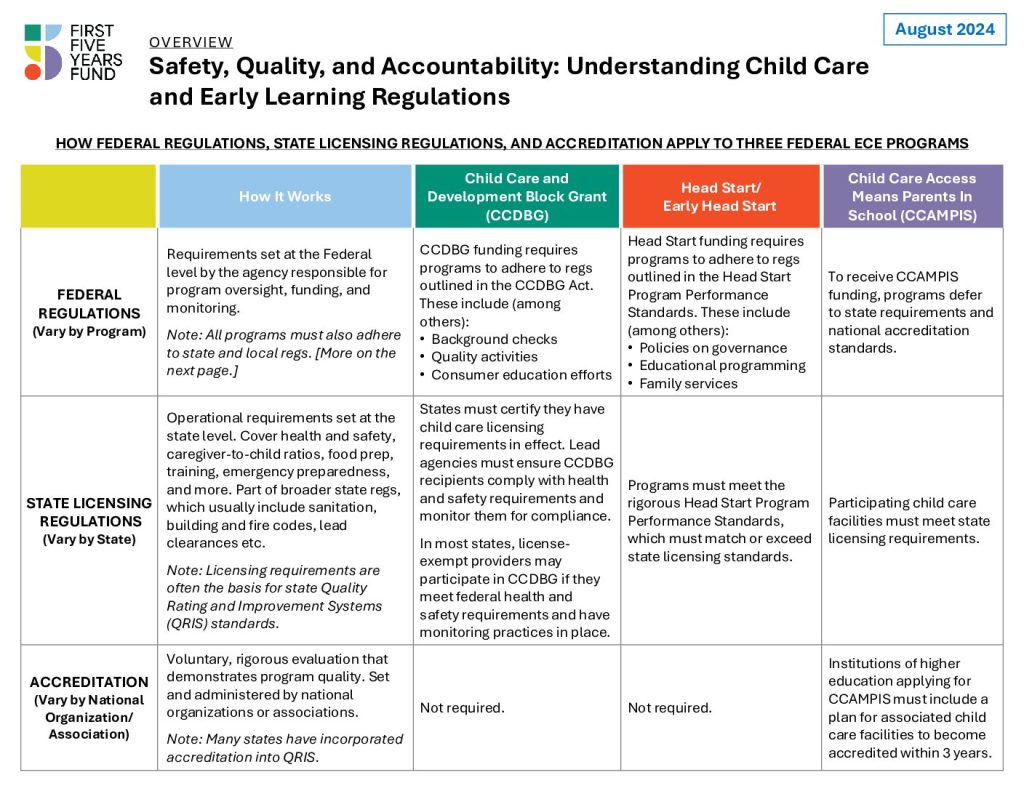The Michigan Administrative Code is a critical component of the state’s regulatory framework, shaping everything from professional licensing to environmental protections. As one of the most comprehensive collections of administrative rules in the United States, it plays a central role in governing daily life for residents and businesses alike. This article explores the importance of the Michigan Administrative Code, its structure, and how it impacts key areas such as childcare, business operations, and legal compliance.
What Is the Michigan Administrative Code?
The Michigan Administrative Code is a compilation of regulations created by state agencies under the authority granted by the Michigan Legislature. These rules are designed to implement and enforce state laws, ensuring consistency and clarity in how various sectors operate.
The code is maintained by the Michigan Office of Administrative Hearings and Rules, which oversees the creation, review, and modification of administrative rules. It includes rules from over 100 state agencies, covering topics ranging from education and healthcare to transportation and natural resources.
For example, the Michigan Department of Licensing and Regulatory Affairs (LARA) uses the code to set standards for child care facilities, while the Michigan Department of Environment, Great Lakes, and Energy (EGLE) employs it to regulate environmental practices.
Key Areas Governed by the Michigan Administrative Code
1. Childcare Regulations
Childcare safety is a top priority in Michigan, and the Michigan Administrative Code outlines strict guidelines to ensure children are protected. The Child Care Organizations Act and the Michigan Child Protection Law are two key pieces of legislation that shape these regulations.
- Staff Qualifications: All daycare employees must meet specific educational and training requirements.
- Child-to-Staff Ratios: These ratios vary depending on the age of the children being cared for.
- Health and Safety Protocols: Facilities must maintain clean environments, provide proper nutrition, and follow emergency procedures.
- Licensing Requirements: Daycare centers must be licensed by LARA and adhere to ongoing compliance checks.
If a violation occurs—such as operating without a license or failing to report abuse—parents and concerned citizens can file a complaint with LARA. The process is designed to be accessible, with options for online, phone, or mail submissions.
2. Business and Licensing

The Michigan Administrative Code also governs numerous aspects of business operations, including licensing requirements for professionals and industries. For instance:
- Accountants: The code sets standards for certification and continuing education.
- Healthcare Providers: Physicians and other medical professionals must meet specific licensing and training criteria.
- Construction and Trades: Rules for permits, inspections, and safety protocols are outlined in the code.
Recent reports suggest that Michigan has over 16,176 active administrative rules, many of which affect small businesses and entrepreneurs. Critics argue that some of these rules create unnecessary red tape, hindering economic growth.
3. Environmental Regulations

Environmental protection is another major area covered by the Michigan Administrative Code. Agencies like EGLE use the code to regulate pollution, water quality, and land use. For example:
- Air Quality Standards: Industries must comply with emissions limits.
- Waste Management: Rules for handling hazardous materials are strictly enforced.
- Water Use: Permits are required for activities that impact surface or groundwater.
These regulations help preserve Michigan’s natural resources while balancing the needs of industry and the public.
How the Michigan Administrative Code Affects Daily Life

The Michigan Administrative Code touches nearly every aspect of life in the state. From the safety of your child in daycare to the rules you must follow when starting a business, understanding this code is essential for both individuals and organizations.
For parents, it ensures that childcare providers meet high standards of care. For business owners, it provides a clear framework for compliance and growth. For the general public, it offers a mechanism to report violations and hold agencies accountable.
Moreover, the code is not static—it evolves as new challenges arise. For instance, the Mackinac Center for Public Policy recently highlighted the sheer volume of administrative rules in Michigan, sparking debates about whether some regulations are outdated or overly burdensome.
Reporting Violations and Whistleblower Protections

In cases where the Michigan Administrative Code is not followed, there are mechanisms in place to address violations. For example:
- Childcare Violations: Reports can be made to LARA, which investigates and takes action if necessary.
- Workplace Safety: Employees who witness unsafe conditions can report them without fear of retaliation.
- Environmental Violations: Citizens can file complaints with EGLE or other relevant agencies.
The Michigan Whistleblowers’ Protection Act (WPA) ensures that individuals who report violations are protected from retaliation. This law encourages transparency and accountability across all sectors.
Appeals and Legal Recourse
Daycare providers and other entities subject to the Michigan Administrative Code have the right to appeal decisions they believe are unfair. This process involves:
- Receiving a notice of violation from LARA.
- Filing an appeal within 30 days.
- Presenting evidence and arguments at a hearing.
- Receiving a decision from an administrative law judge.
This appeals process ensures that all parties have a fair opportunity to contest findings and seek resolution.
Conclusion: Why the Michigan Administrative Code Matters
The Michigan Administrative Code is more than just a collection of rules—it is a vital tool for maintaining public safety, supporting economic growth, and ensuring accountability. Whether you’re a parent, a business owner, or a community member, understanding this code helps you navigate the complexities of state governance.
As the debate over red tape and regulation continues, the Michigan Administrative Code remains a cornerstone of the state’s legal and regulatory system. By staying informed and engaged, residents can contribute to a safer, more equitable, and more efficient environment for all.
Stay updated with the latest news on how policies like the Michigan Administrative Code shape everyday life in the United States.
Author: John D. Thompson
Title/Role: Senior Policy Analyst
Credentials: John D. Thompson is a policy analyst with over 15 years of experience in government affairs and public administration. He specializes in state-level regulations and their impact on communities and businesses.
Profile Link: LinkedIn Profile
Sources:
1. Michigan Department of Licensing and Regulatory Affairs (LARA)
2. Michigan Office of Administrative Hearings and Rules
3. Mackinac Center for Public Policy
Internal Links:
1. Understanding State Regulations in the U.S.
2. How to Report Childcare Violations in Michigan
3. Michigan Business Licensing Guide
Schema Markup:
{
"@context": "https://schema.org",
"@type": "Article",
"headline": "Understanding the Michigan Administrative Code: A Comprehensive Guide",
"datePublished": "2025-04-05",
"author": {
"@type": "Person",
"name": "John D. Thompson"
},
"publisher": {
"@type": "Organization",
"name": "US Trending News",
"logo": {
"@type": "ImageObject",
"url": "https://example.com/logo.png"
}
},
"description": "A detailed guide on the Michigan Administrative Code, its impact on daily life, and how it shapes regulations in the state."
}
Featured Snippet:
The Michigan Administrative Code is a collection of regulations created by state agencies to implement and enforce laws. It covers areas such as childcare, business licensing, and environmental protection, ensuring consistency and clarity in governance.











More Stories
US Trending News: How to Claim Your Joy: A Guide to Finding Happiness and Inner Peace
US Trending News: Explore Www.hobbylobby.com: Your Ultimate Guide to the Official Site
When Is Trick Or Treating in 2024: A Complete Guide for Halloween